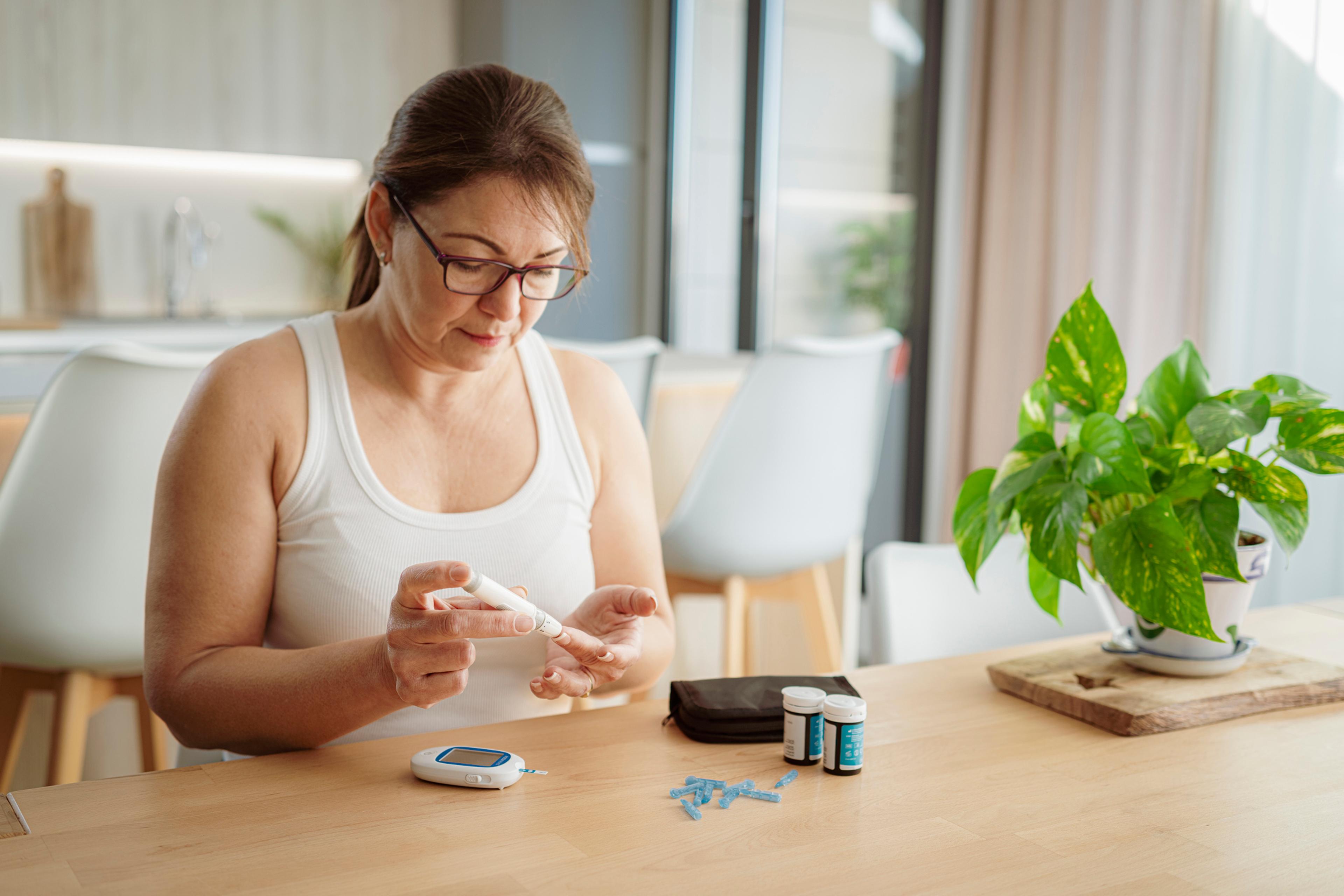An Age-Appropriate Guide to Skin Care

Dr. Angela Seabright, D.O.
| 4 min read
Dr. Angela Seabright, D.O., is a board-certified fam...

Dr. Angela Seabright, D.O. is a care management physician at Blue Cross Blue Shield of Michigan.
The skin care market in the United States is about $24 billion a year and continues to grow. From masks to retinol to eye creams to serums, there are many products to choose from.
A daily skin care routine can be protective for your skin and overall health, but choosing the wrong products can cause skin irritation and damage. Learn more about the appropriate age for various ingredients and how to build a healthy skin care routine.
The risks of starting a skin care routine for adolescents
In part thanks to social media, there is a trend among children and teens called “Sephora teens.” Adolescents are purchasing luxury skin care products and creating multi-step skin care routines.
However, children and teens do not need an elaborate routine. A gentle cleanser, light moisturizer and sunscreen are enough for most adolescents. For pimples, teens could use salicylic acid or benzoyl peroxide. It may take several weeks to see improvement, so it’s important to stick to a consistent regimen. If teenagers are dealing with persistent or worsening acne, see their physician. A prescription treatment may be needed or a referral to a dermatologist, especially in cases with cystic acne or scarring.
Younger consumers may be drawn to products labeled anti-aging, tightening and wrinkle-reducing in hopes of preserving their youthful glow. These products usually contain ingredients such as retinol, vitamin C, exfoliating acids and peptides that can disrupt their skin barrier and cause irritation, redness and may even worsen acne-prone skin.
The best way to prevent signs of aging and skin damage is to wear sunscreen every day.
Skin care tips and products for adults
People of all ages should continue to use a gentle cleanser, moisturizer and daily sunscreen.
Learning an individual’s skin type helps them to build a skin care routine in adulthood. According to the American Academy of Dermatology (AAD), typical skin types include:
- Normal skin: Clear skin that isn’t typically sensitive to products.
- Sensitive skin: Irritation or burning with some products.
- Dry skin: Flaky, itchy and rough skin.
- Oily skin: Greasy, acne-prone skin.
- Combination skin: Cheeks are dry or normal, but the forehead, nose and chin are oily.
Skin cell turnover begins to slow for people in their 20s. Individuals in their 20s can start an in-depth skin care routine with products such as retinol and vitamin C serums. Retinols are a type of retinoid or vitamin A product that can treat acne, dark spots and mild fine lines and wrinkles. Vitamin C products can brighten dark spots.
Individuals in their 30s, 40s and 50s can continue to use retinol, exfoliants, vitamin C serums and hyaluronic acid to keep skin moisturized and firm.
As people age into their 60s and beyond, it’s important to remember skin gets drier and thinner. Using warm rather than hot water and using an oil or cream moisturizer on damp skin can help. Managing indoor humidity, keeping it between 45% and 60% can aid with dry skin. It’s also important to check skin for any signs of skin cancer.
For healthy skin, people of all ages should:
- Avoid tanning beds
- Wash their skin gently
- Remove makeup before bed
- Regularly clean makeup brushes
- Quit smoking
- Get plenty of sleep
- Hydrate and eat a healthy diet
- Perform a patch test with new products: apply a small amount of a new product to the forearm to see if there is a reaction to it
The dangers of skin product overuse
As more elaborate skin care routines with serums and masks have become popular for people of all ages, it’s important not to overdo it. Applying too many products or the wrong combination of products can cause skin irritation and damage.
If any product or routine causes redness, burning, irritation, dryness or breakouts, move to a more basic regimen of a gentle cleanser and moisturizer. Starting new products when the skin barrier is already disrupted can lead to further irritation and skin reactions.
After skin is healed, don’t use products like retinols, exfoliants and benzoyl peroxide on the same day. Use patch tests and then introduce new products slowly. An individual can adjust their routine to what they know works for their skin.
Dr. Angela Seabright, D.O. is a care management physician at Blue Cross Blue Shield of Michigan. For more health tips and information, visit MIBlueDaily.com.
Image: Getty Images
Related:





